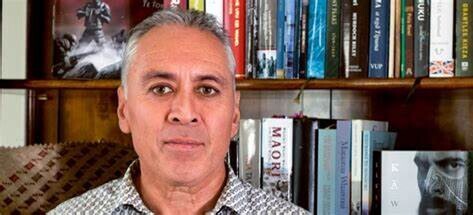the novel
My new novel Kāwai portrays Maori society in the 1700s and kaitangata - referred to as cannibalism in ethnographic literature - was very much a part of that society. To ignore it in the novel would be to be unfaithful to what I know about this period.
Cannibalism has its own life in the historiography which emanates from Europe. It doesn’t necessarily convey deeper Māori understandings of the term. But while Kāwai does not shy away from difficult history, I must remind the reader that this scene is taken from a novel. Yes, the novel is based on many true stories, but it’s still a work of fiction..
Why did I include kaitangata in the novel? Because it was what it was. I have a research background that spans almost 40 years, in which time I have had access to closely guarded tribal and family manuscripts. In my early adult life, I had a research job which required me to read volumes of evidence recorded in the original minute books of the Native Land Court. These had been scribed in the last three decades of the 19th century. They captured statements by exemplars of the culture, many of whom were in their 70s and 80s.
Link to article: Māori cannibalism, the novel (newsroom.co.nz)




